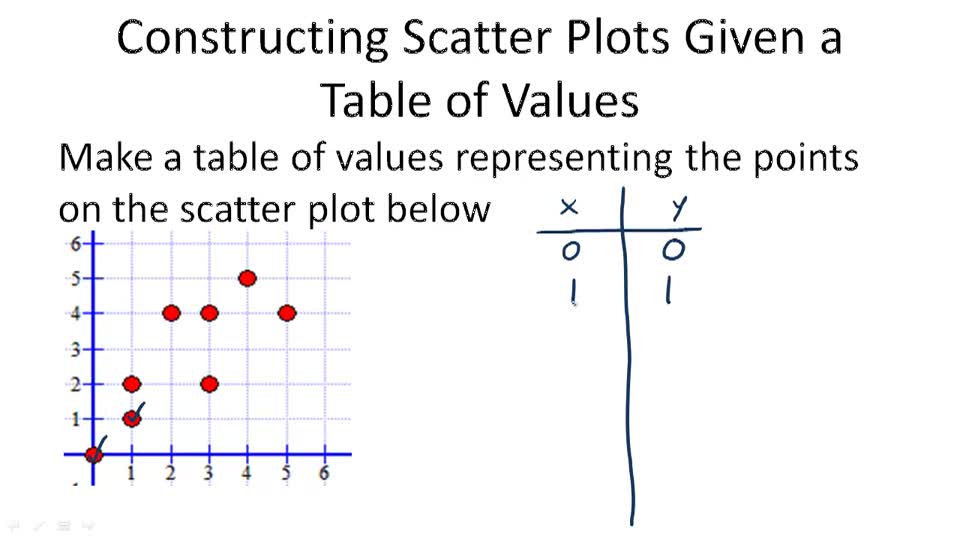
Pearson developed his correlation coefficient by computing the sum of cross products.

If a subject has a score on X that is above the mean, we expect the subject to have a score on Y that is also above the mean. To understand how this coefficient is calculated, let’s suppose that there is a positive relationship between two variables, X and Y. The Pearson product-moment correlation coefficient is a statistic that is used to measure the strength and direction of a linear correlation. For example, there could be a quadratic relationship between them. It is important to remember that a correlation coefficient of 0 indicates that there is no linear relationship, but there may still be a strong relationship between the two variables. When there is no linear relationship between two variables, the correlation coefficient is 0. The value of a perfect positive correlation is 1.0, while the value of a perfect negative correlation is −1.0. For example, a correlation coefficient of 0.20 indicates that there is a weak linear relationship between the variables, while a coefficient of −0.90 indicates that there is a strong linear relationship. The closer the absolute value of the coefficient is to 1, the stronger the relationship. The absolute value of the coefficient indicates the magnitude, or the strength, of the relationship. The correlation coefficient is an index that describes the relationship and can take on values between −1.0 and +1.0, with a positive correlation coefficient indicating a positive correlation and a negative correlation coefficient indicating a negative correlation. While examining scatterplots gives us some idea about the relationship between two variables, we use a statistic called the correlation coefficient to give us a more precise measurement of the relationship between the two variables. However, if the points are far away from one another, and the imaginary oval is very wide, this means that there is a weak correlation between the variables (see below). If the points are close to one another and the width of the imaginary oval is small, this means that there is a strong correlation between the variables (see below). If we drew an imaginary oval around all of the points on the scatterplot, we would be able to see the extent, or the magnitude, of the relationship. When examining scatterplots, we also want to look not only at the direction of the relationship (positive, negative, or zero), but also at the magnitude of the relationship. When all the points on a scatterplot lie on a straight line, you have what is called a perfect correlation between the two variables (see below).Ī scatterplot in which the points do not have a linear trend (either positive or negative) is called a zero correlation or a near-zero correlation (see below).Įngage NY, Module 6, Lesson 7, p 85 - - CC BY-NC This pattern means that when the score of one observation is high, we expect the score of the other observation to be low, and vice versa.Įngage NY, Module 6, Lesson 7, p 85 - - CC BY-NC When the points on a scatterplot graph produce a upper-left-to-lower-right pattern (see below), we say that there is a negative correlation between the two variables. This pattern means that when the score of one observation is high, we expect the score of the other observation to be high as well, and vice versa.

When the points on a scatterplot graph produce a lower-left-to-upper-right pattern (see below), we say that there is a positive correlation between the two variables. In a scatterplot, each point represents a paired measurement of two variables for a specific subject, and each subject is represented by one point on the scatterplot.Ĭorrelation Patterns in Scatterplot GraphsĮxamining a scatterplot graph allows us to obtain some idea about the relationship between two variables.

Scatterplots display these bivariate data sets and provide a visual representation of the relationship between variables. In this case, there is a tendency for students to score similarly on both variables, and the performance between variables appears to be related. If we carefully examine the data in the example above, we notice that those students with high SAT scores tend to have high GPAs, and those with low SAT scores tend to have low GPAs. Can you think of other scenarios when we would use bivariate data? In our example above, we notice that there are two observations (verbal SAT score and GPA) for each subject (in this case, a student). Bivariate data are data sets in which each subject has two observations associated with it.

\)īivariate Data, Correlation Between Values, and the Use of ScatterplotsĬorrelation measures the relationship between bivariate data.


 0 kommentar(er)
0 kommentar(er)
